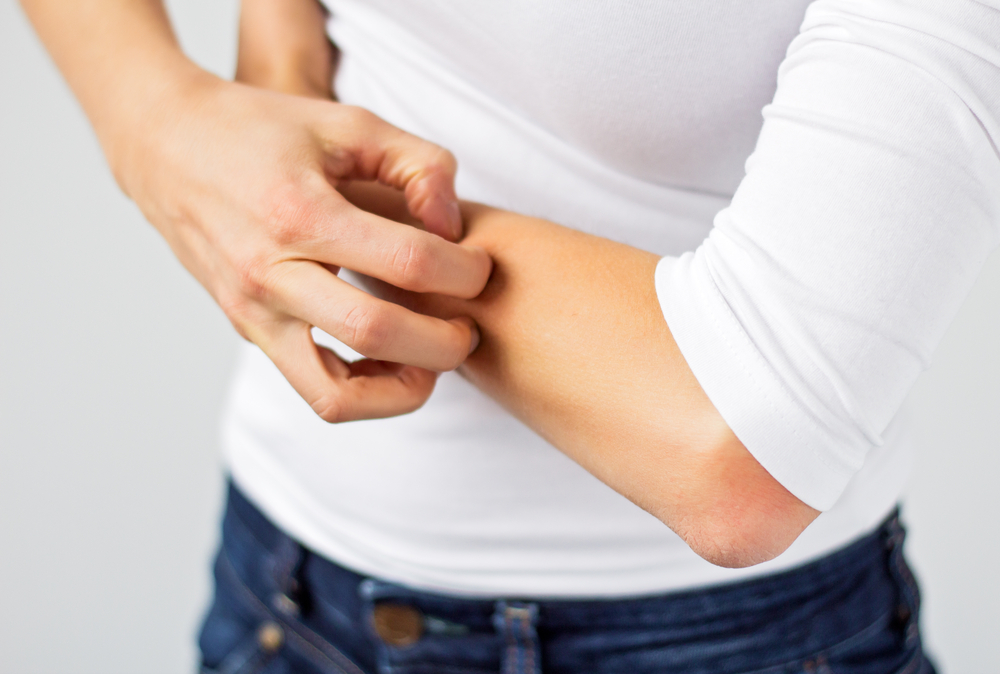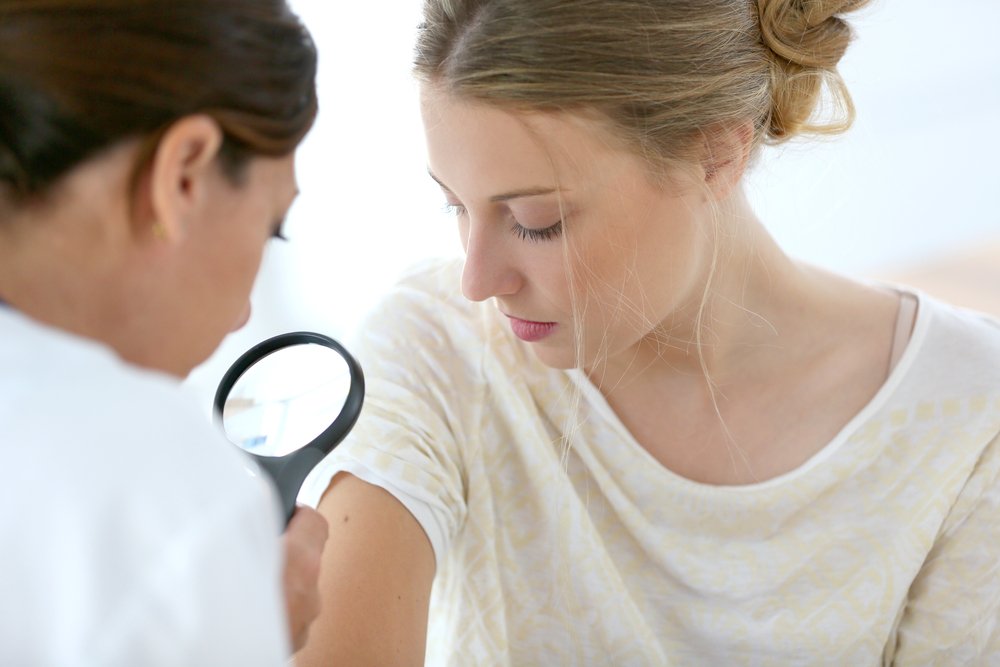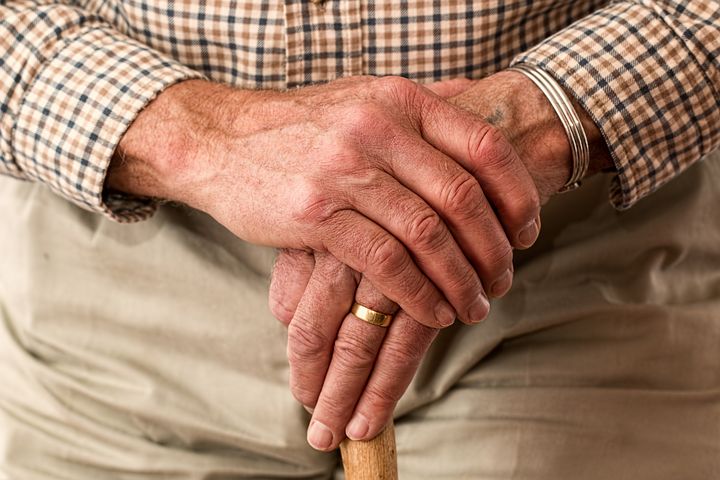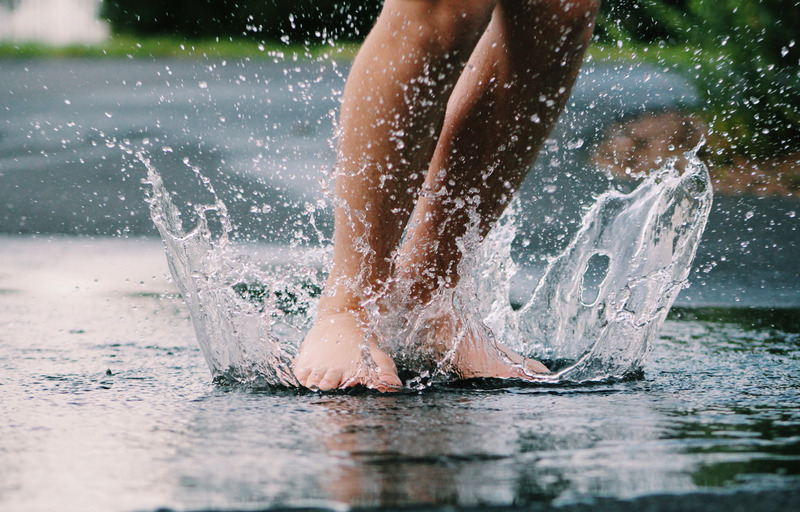Healthy skin is an essential component of a healthy life. Skin is actually the body’s largest organ, and it helps protect your body in many different ways. It maintains fluid balance, regulates body temperature, provides a barrier that protects your body from harmful microbes and other environmental hazards, and it makes Vitamin D, which is necessary for your body. It is essential to protect your skin and keep it as healthy as possible.
At Alaska Center for Dermatology, your skin is as important to us as it is to you. We’re an experienced team of Dermatology Surgeons, Board-Certified Dermatologists, and Certified Physician Assistants. We specialize in diagnosing and treating a wide variety of skin, hair, and nail conditions, diseases, and cancers. We understand the concerns that come with skin-related ailments and the confidence that comes with beautiful, healthy skin.
We will always take the time to listen to you and provide you with the best options for treatment. Our years of experience have shown us time and again that accurate and timely diagnoses are vital for success, and you are an integral part of the success.
Come see why we’re well-known in the Anchorage area for our personalized, full-service dermatological care that helps restore not just your skin but your spirit.
Conditions We Treat
Our expert Providers are able to diagnose and treat a wide variety of Medical Dermatology conditions. From children to seniors, we offer the very best treatment in many areas including:

Acne:
If you’re suffering from acne, know that you are not alone. Acne is one of the most common skin conditions reported in the U.S. and impacts people of all ages, genders, ethnicities, and skin tones. Our experienced Skin Care Providers will explain the various acne treatments and skin care products available and help customize a solution for your unique skin. Learn more about acne and acne treatments here.
Learn More
Actinic Keratosis:
Actinic keratosis (AK) is the most common precancer that forms on the skin. It is a dry, scaly patch of skin that develops due to years of sun exposure. AK lesions can have a variety of appearances, but typically they’re scaly, feel like sandpaper, and range in color from skin-toned to reddish-brown. AKs commonly appear above the neckline, making them difficult to conceal and can sometimes be painful. Learn more about AKs and AK treatments here.
Learn More
Age Spots:
The medical term is solar lentigines, but we know them as age spots, sun spots, or liver spots. They’re small, flat, round spots on the skin that begin to appear later in life on sun-exposed areas. The spots aren’t painful, but they’re often associated with aging. Learn more about age spots here.
Learn More
Angiomas:
Angiomas are benign growths that consist of small blood vessels and can appear anywhere on the body. The three most common types are spider angiomas, angiokeratomas, and cherry angiomas. Learn more about angiomas and how to remove them here.
Learn More
Athlete’s Foot:
This is a common fungal infection that usually appears between the toes. Signs and symptoms appear as cracked, flaking, peeling skin between the toes often with redness and itching. Learn more about athlete’s foot treatment here.
Learn More
Eczema (Dermatitis):
Eczema (also known as atopic dermatitis) is a chronic, non-contagious skin disorder. It is very common and is usually more severe in children. It’s a condition that can flare up and go away over time, and usually appears as a red rash that may be blistered, swollen, itchy, and painful. Learn more about eczema here.
Learn More
Hair Loss:
Also called alopecia, it can affect not only your scalp but your entire body. It can be the result of hormonal changes, hereditary factors, medical conditions, or a normal part of aging. While it’s typically considered a men’s health topic, hair loss also impacts many women. There are various ways to treat or stop the loss of your hair, depending on your unique situation and needs, and our experts can help determine which treatment plan is right for you. Learn more about hair loss and hair loss treatment here.
Learn More
Hyperhidrosis:
Hyperhidrosis is the scientific term for abnormally excessive sweating that’s not necessarily related to being overheated or exercising. The sweat typically originates from the armpits or palms, and it may cause sufferers to sweat so much that it soaks through clothes or drips off their hands or arms. Learn more about hyperhidrosis, and how to treat it, here.
Learn More
Keratosis Pilaris:
Keratosis pilaris (KP) is bumpy, dry skin that forms when hair follicles get clogged by dry skin cells. It can happen to people of all ages and in various places of the body, but it’s particularly common on the upper arms of teenagers and adults, as well as the cheeks of infants. Learn more about KP and KP treatments here.
Learn More
Melanoma:
Melanomas occur in pigment-producing cells that give color to the skin. It isn’t the most common form of skin cancer, but it is more likely to grow and spread, making it the most dangerous. We understand that a melanoma diagnosis can be a scary time and that you’ll have many questions throughout the process of diagnosis and treatment. Learn more about melanoma and melanoma treatment options here.
Learn More
Moles:
Moles are a common type of skin growth — most people have between 10 and 40 on their bodies. They can be different colors, such as pink, tan, brown, or a color that is very close to your skin tone. Most moles are benign, but it is important to keep an eye on them. Asymmetrical (uneven) moles with irregular borders can be cancerous. Learn more about moles, what to look for, and removal options here.
Learn More
Pigmentation Disorders:
Vitiligo, melasma, and other conditions that cause skin discolorations result from the overproduction or underproduction of melanin, the pigment that gives skin its natural color. Learn more about why and how your skin can become discolored and how to treat it here.
Learn More
Psoriasis:
If you have psoriasis, it means that your skin cells reproduce much faster than normal. It is a chronic genetic skin disorder that can affect the skin and/or joints. In the United States, more than 8 million Americans suffer from it, and 80% have plaque psoriasis. This overproduction causes red, scaly patches on the limbs, scalp, and other parts of the body, and it can be painful. There’s no cure for psoriasis, but there are ways to manage it. Learn more about treatment options here.
Learn More
Rosacea:
Rosacea is a chronic skin condition that causes facial redness and swelling, but can also affect the scalp, neck, and ears. One of the first symptoms of rosacea you may notice is a tendency to flush or blush easily. Learn more about rosacea and how to treat or reduce its appearance here.
Learn More
Scleroderma:
Scleroderma is an autoimmune disease affecting the skin and other organs of the body when the immune system stimulates cells called fibroblasts to produce too much collagen. This overproduction forms thick connective tissue that builds up within the skin and internal organs such as the lungs, kidneys, and heart, interfering with their functioning. Learn more about scleroderma here.
Learn More
Seborrheic Dermatitis:
This is a very common, scaling rash that tends to occur in areas where the skin is oily. Typical impact areas include the scalp (dandruff), eyebrows, eyelids (blepharitis), ears, nasal folds, armpits, and groin. When it appears in infancy, it’s referred to as “cradle cap.” Read more about seborrheic dermatitis and treatment options here.
Learn More
Seborrheic Keratosis:
SKs are dark skin growths that appear in adulthood, and although they can be large and fast-growing, they are benign. Unlike moles, SKs are not related to sun damage, so you may find them in areas that are usually covered by clothing. Learn more about seborrheic keratosis here.
Learn More
Shingles:
Shingles is a viral infection caused by the varicella-zoster virus that causes chickenpox. The virus lies dormant until it reactivates itself, causing a painful rash that can occur anywhere on your body. Learn more about shingles here.
Learn More
Skin Cancer:
Skin cancer is caused by the abnormal growth of previously healthy skin cells. Most skin cancers develop on the visible outer layer of the skin, particularly in sun-exposed areas such as the face, head, hands, arms, and legs. Read more about skin cancer, detection, and treatment here.
Learn More
Warts:
Warts are growths on the skin caused by the human papillomavirus (HPV). They are very common, particularly in children, and can spread by direct contact to other parts of the body, or to other people. Learn more about warts and how to treat them here.
Learn MoreCall Alaska Center for Dermatology today to schedule an appointment, or book online here.

